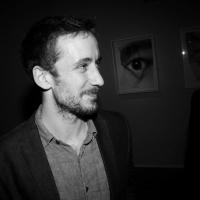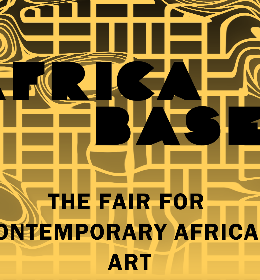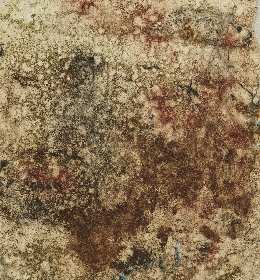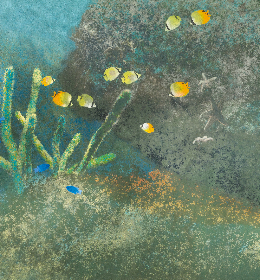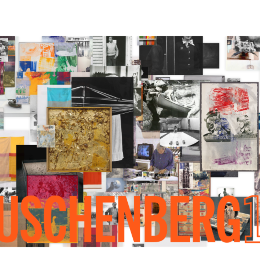During the electoral campaign, the German Cultural Council had contacted all parties to question them about their cultural policies. All responded promptly, except the AfD.
Artist Candice Breitz (b. 1972 in Johannesburg, based in Berlin) — whose work is currently on show in the South African pavilion in Venice — posted the following Facebook message in the wake of Germany’s elections:
In the region of Dresden, AfD has scored even higher. The words of Andrea Hilger, director of the “OSTRALE Biennial”, resonate with those of Breitz: “the AFD will want to interfere — just days ago in Dresden they demanded that politics should decide about art in public spaces. The worst-case scenario would be that art will be used as a propaganda tool again, making it all the more important that we make an effort and act as mediators in the social context.”
As for the artists, they too have responded to the election results. According to the Syrian-born, Dresden-based Manaf Halbouni —whose bus-barricade installation caused quite a stir in Dresden earlier this year — AfD “only want to support traditional German art”, but he does not foresee a real impact on the country’s artistic production. However, Manaf Halbouni does lament that “the big parties did ignore the problem for too long and they supported only a few projects and showed face against AfD and PEGIDA”, another nationalist movement based in Dresden. In the meantime, several other artists have already quit the city, whereas those who have stayed are coming together to “do something [because] PEGIDA is celebrating three years in two weeks.”
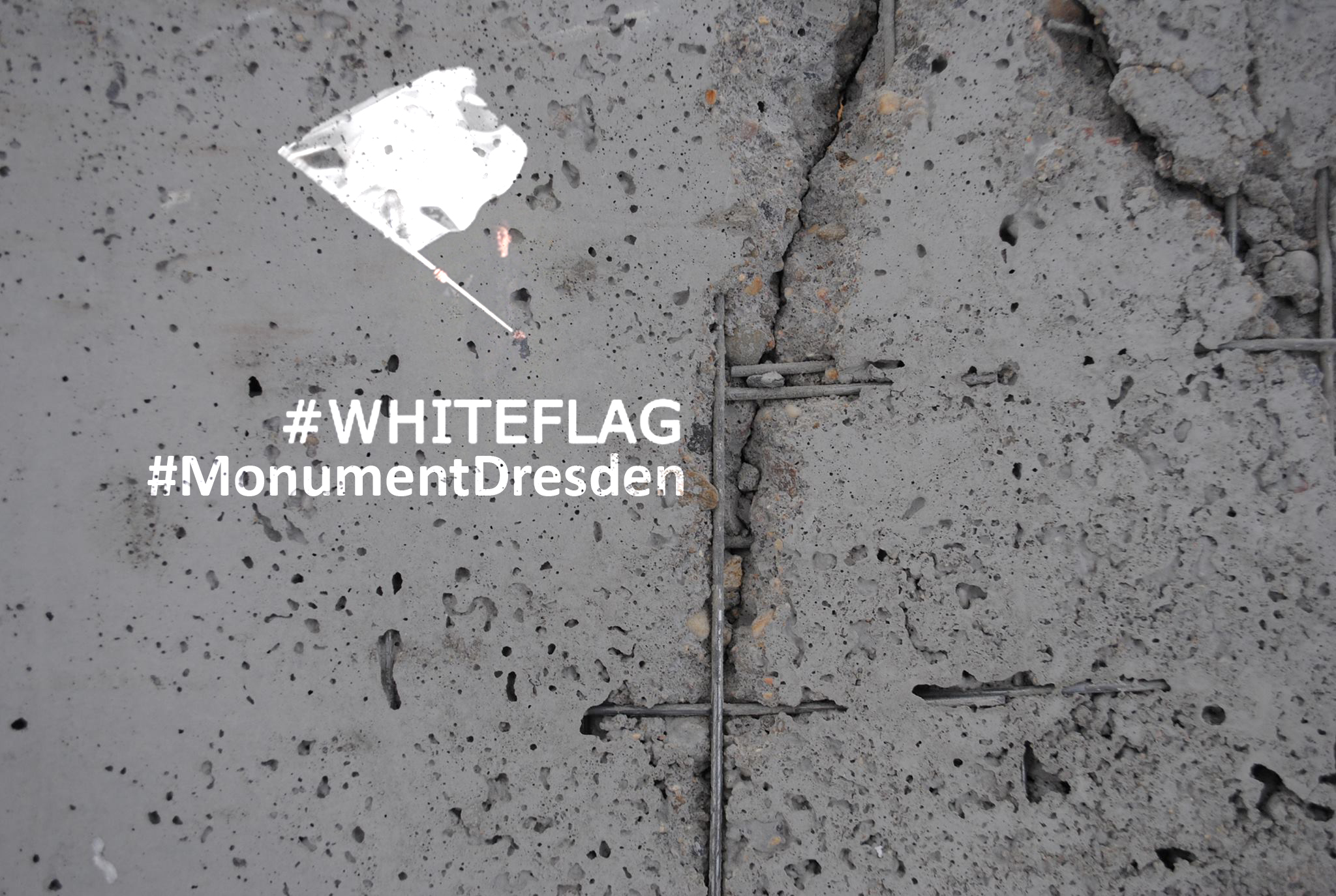
© Manaf Halbouni
For Hilger, art can have a real impact on politics, as proven by Halbouni’s installation, which shows “how art can divide and [help us] hear the truth behind our everyday-life experiences. This is something our politicians, particularly in Saxony, need to re-learn”.
But do events such as the “Ostrale Biennale”, whose program focuses “on social issues, linked to the notion of European identity” have a real impact? Yes, according to Hilger, but “this can only be [achieved] through context-based communication with target audiences and open mindedness concerning critical and lively debates. This means we have to employ professional speakers and mediators, but also engage in target audience research.” Despite Hilger’s best efforts, the lack of support by the Free State of Saxony makes it hard to initiate a dialogue.
“Artists from all fields and backgrounds should be included in contextual and public debates. We need to be able to withstand tensions. Through them we can build, shape and test the strength of opposite standpoints. Discourse and cooperation help create mutual understanding: don’t limit yourself to speak of an open, inclusive community but live it through art.”
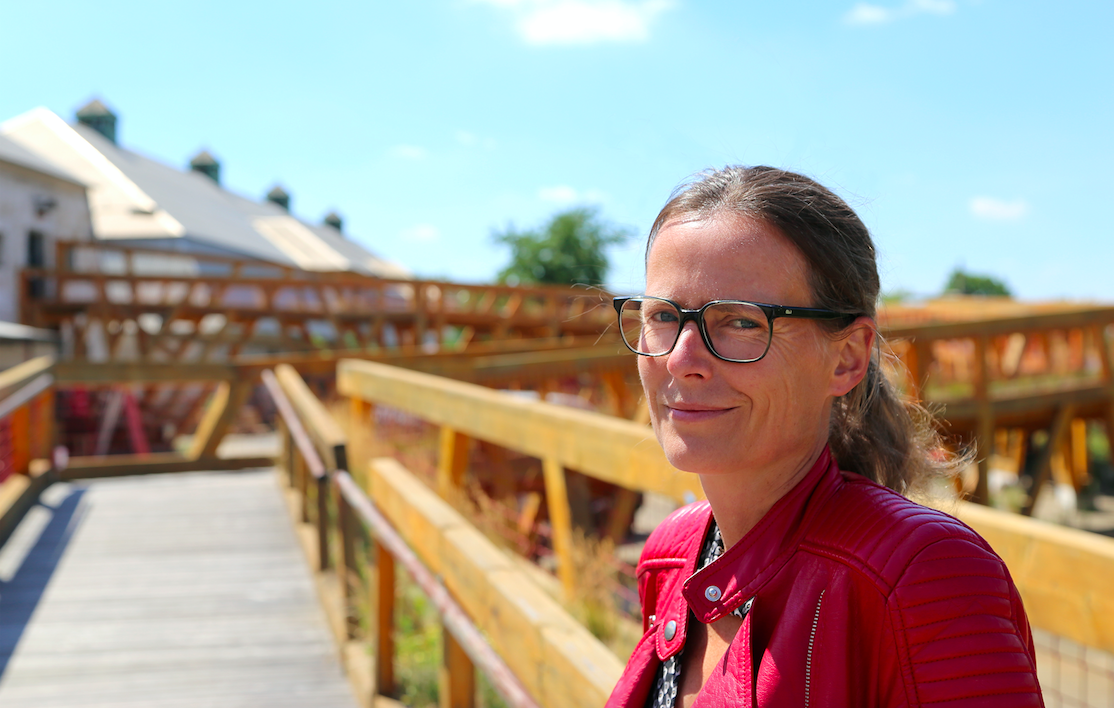
Andrea Hilger © Ostrale Biennale
The fight against the rise of far-right nationalism is a difficult one, but the election results will hopefully shake local players into action. In the words of Monika Sprüth and Philomene Magers, co-founders of Sprüth Magers gallery, “We hope that the election result will motivate democratic parties, elected by 87 percent of German citizens, to commit themselves more clearly than before to an open and free understanding of art that’s concerned with the present and the future.”



